|
by: Sarah Momo Romero We live in a world where we have easy access to excitement, laughter and bright colors, always vying for our attention. But there is something very beautiful to be said for the quiet moments that might often get overlooked. This month, I was drawn to a couple of picture books with a little more reflection and quiet moments, but with equally captivating stories and stunning illustration as the more exciting picture books that easily cry out for our attention.
As we drift from the colder weather to the blooms and rain showers of spring, I hope you have a chance to get lost in the stories and illustrations of these more quiet picture books before the excitement and bustling activities of summer come rolling in. Time always flies before we know it, especially if we don't take a moment to sit back and take it all in.  Sarah Momo Romero is a Japanese Peruvian American artist, a graphic designer by day and children's book author and illustrator by night. Sarah is an active SCBWI member who draws inspiration from her life in sunny Los Angeles with her husband/creative partner and dog/infamous escape artist, Peanut. Her debut picture book, "Wake Up, Little Bat!" is out now through Clear Fork Publishing! You can find more of Sarah's musings and drawings here: www.sarahmomoromero.com Facebook: Sarah Momo Romero + Instagram: @sarahmomoromero + Twitter: @sarahmomoromero by Bryan Patrick Avery This month, we lost a living legend in the magic world: Johnny Thompson. A mentor and consultant to many top magicians, Johnny came to prominence as the Great Tomsini in an act he performed with his wife Pam. The two created a slapstick act, integrating illusions with a series of hilarious mishaps, all of which made the magic more incredible. In the realm of magic, this is called routining. In the world of the writer, it’s called world-building. This month, let’s take a look at two middle grade mysteries that prove world-building isn’t just for science fiction and fantasy. First up, “Curiosity House: The Shrunken Head”. Written by Lauren Oliver and H.C. Chester, “Curiosity House: The Shrunken Head” features four orphans with amazing abilities who live and perform at Dumfrey’s Dime Museum of Freaks, Oddities, and Wonders in early 20th century New York City. A mentalist, a contortionist, a strong man (err, boy), and a knife-thrower, the four kids attempt to solve the mystery of who stole the museum’s shrunken head, it’s most prized feature. Along the way, they encounter danger and deception, and even a few murders. What makes this book work so well is the complete immersion into the setting. The museum’s many halls and artifacts are brought to life by the authors, as are the behind the scenes areas. The homey kitchen, the dismal basement, and the attic living quarters, itself a labyrinth of furniture, mattresses, and other odds and ends all help the reader experience the sights, smells, and sounds of the museum. By the time the book is over, the reader will have truly experienced the Dime Museum, with all it’s faults and flaws. In addition to the setting, Oliver and Chester paid close attention to the abilities of the characters, including how those abilities would affect them and the world around them. For example, what happens to the world’s strongest kid when a concrete block falls on him from several stories up? “Curiosity House: The Shrunken Head” is a satisfying mystery made even more enjoyable by the sense of place and time created by the authors. It’s no wonder it’s an Edgar award nominated book. If you’ve ever wondered what the afterlife might be like, “Denis Ever After”, written by Tony Abbott, is the story of Denis Egan. When we meet him, Denis is living a carefree afterlife in Port Haven, the place where souls go. When Matt, the twin brother he left behind, starts having problems, Denis knows he has to help. Helping, in this case, means solving the mystery of his own death. Because you start to forget who you are as soon as you reach Port Haven, Denis doesn’t remember his own death. So, Denis and Matt go on a search for answers. Abbott’s world building really pays off for the reader. The view of Port Haven as the afterlife creates a story world that is both accessible and compelling. It also adds to the tension of the story. Because souls go to Port Haven to forget, and be forgotten, the details about his life that would help Denis and Matt are inaccessible. Also, the method of moving between Port Haven and the living world is ingenious. It exacts a toll every time, leaving the reader to wonder if Denis will be able to keep doing it. Even the day to day experiences in Port Haven (the daily ships full of souls arriving, the foursome gathering to play bridge but only ever shuffling the cards) make an otherworldly experience relatable to the reader. Like “Curiosity House” above, “Denis Ever After” is an Edgar Award nominee and the nomination is well deserved.
Well, that’s all for this month. I’m off to do some world building of my own. Have a magical month! by Melissa Stoller There are many benefits to joining a critique group. I gain so much from my partners’ insightful comments on my work. And I benefit by reading critiques of work written by other group members. Additionally, I learn by analyzing and providing critiques of my critique partners’ manuscripts. I belong to several different critique groups and my writing life would not be the same without them all (I’m sending a huge love-filled shout out to my amazing writing pals!). Here are tips for organizing and conducting your critique groups, providing critiques, and accepting critiques. Next time, in Part 2, I will discuss sustaining a critique group and what to do when it's time to move on. 1) ORGANIZING A CRITIQUE GROUP: There are many methods for critique group organization. You can participate in groups that meet online or groups that meet in-person. Setting up a group that meets via Skype or Zoom chat room allows for some face-to-face time as well as time to critique offline. Where can you find critique group members? Try asking about starting a critique group or joining an already existing group in Facebook or Twitter writing groups or chats, ask members of a writing class you may be taking if they want to form a smaller critique group, and inquire at your local SCBWI chapter if they have a method for organizing a group. It’s important to establish ground rules for your group. Here are some examples of questions to ask: What’s the perfect size for your group? How often can members submit for critique? How does the critique timing work? How often must members critique other people’s work? How many words can make up a submission? Can you submit unlimited revision drafts? What genre will your group critique? What if you write in more than one genre? And what about logistics such as will your group use track changes or email to deliver critiques? If you are meeting in person, other logistical issues will become important to discuss as well. 2) PROVIDING CRITIQUES: There are many ways to critique another writer's manuscript and sometimes you need to experiment with critique formats. I prefer to always provide comments about what’s working in the manuscript and also about what the challenges are or the places that need extra attention. I do like the “sandwich” method where you offer compliments about what’s working well first, then in the middle you offer three places where the manuscript can be strengthened, and then the final layer of the sandwich is another positive point. Also, as you grow in your critique group, you can better assess which members enjoy “picky” comments and which members benefit from a more gentle approach. It’s also great to discuss commenting style with your group as you are forming the group so everyone has similar expectations for the style of critiquing. And here are some points to consider when critiquing: Big picture comments like plot, character development, themes, structure, pacing, logical inconsistencies. Line edit comments dealing with word choice, grammar, lyrical language, rhyme, typos. 3) ACCEPTING CRITIQUES: It’s equally important to be able to listen to critiques, take in the comments, and decide if the comments resonate with you and your writing style. Often, where there’s a pattern of the same or similar comments, it’s important to pay attention and think about those comments. As long as everyone is approaching the manuscripts from a place of respect, growth, and kindness, the members of the group can feel safe and confident in the space. Sometimes, when faced with comments that offer viewpoints that contrast with your vision, it's helpful to put the work and the comments away for a few days and come back to the project with fresh eyes. And of course, a writer should always be confident in reading the comments but ultimately incorporating what they like and discarding what doesn't work for them. STAY TUNED FOR PART 2 of this post, focusing on sustaining a critique group and what happens when it's time to move on. In the meantime, happy writing and creating! BIO:
Melissa Stoller is the author of the chapter book series The Enchanted Snow Globe Collection - Book One: Return to Coney Island and Book Two: The Liberty Bell Train Ride (Clear Fork Publishing, 2017 and 2019); and the picture books Scarlet’s Magic Paintbrush and Ready, Set, GOrilla! (Clear Fork, 2018). Upcoming releases include Return of the Magic Paintbrush and Sadie’s Shabbat Stories (Clear Fork, 2019). She is also the co-author of The Parent-Child Book Club: Connecting With Your Kids Through Reading (HorizonLine Publishing, 2009). Melissa is an Assistant and Blogger for the Children’s Book Academy, a Regional Ambassador for The Chapter Book Challenge, a Moderator for The Debut Picture Book Study Group, and a volunteer with the Society of Children’s Book Writers and Illustrators/MetroNY. Melissa has worked as a lawyer, legal writing instructor, freelance writer and editor, and early childhood educator. Additionally, she is a member of the Board of Trustees at The Hewitt School and at Temple Shaaray Tefila. Melissa lives in New York City with her husband, three daughters, and one puppy. CONNECT: www.MelissaStoller.com http://www.facebook.com/MelissaStoller http://www.twitter.com/melissastoller http://www.instagram.com/Melissa_Stoller http://www.pinterest.com/melissa_Stoller |
We are so excited to be mixing things up at CBA, beginning with some delicious additions to the Blogfish. Meet our awesome bloggers!!
Here's our lineup: 1st Mondays begin with former school psychologist Dr. Debra Collins who will be writing about Social emotional Learning in kidlit and behind the scenes as well as Jewish children's books. 2nd Mondays will feature super smart Melissa Stoller whose career is taking off with several new books. 3rd Mondays will feature our new blogger coming soon. 4th Mondays features new blogger, the fabulous Brentom Jackson, who has a beautiful approach to blogging. And 5th Mondays we'll be taking a break Archives
July 2024
|
|
Discover
|
About Us
|
Join Us
Join our Community and receive a fabulous free gift, KidLit tips, newsletters, scholarship info, contests, and more!
Join our KidLit Mentorship |
Social Media
Interact with our FaceBook Group or follow us on:
|
© 2010-2024 All content on this website is copyrighted. Sorry, all courses are non-refundable.
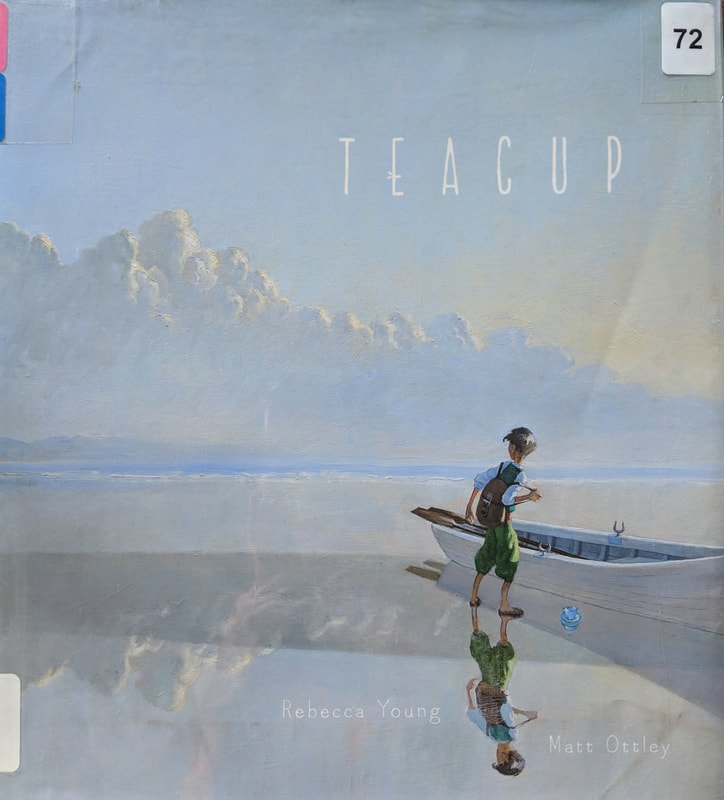
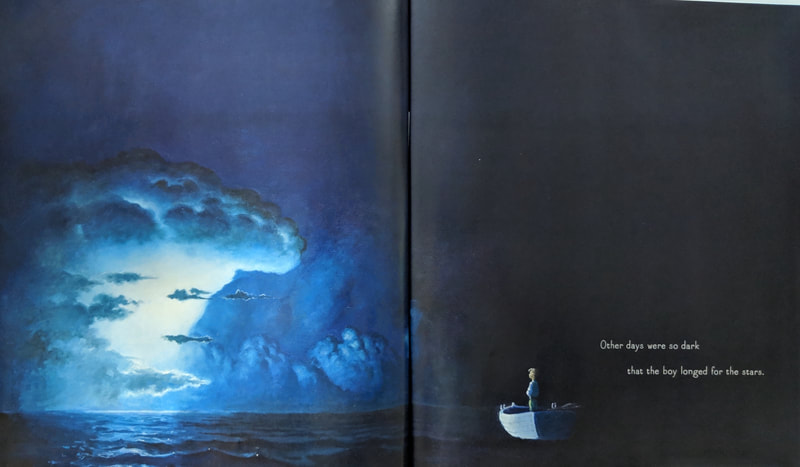
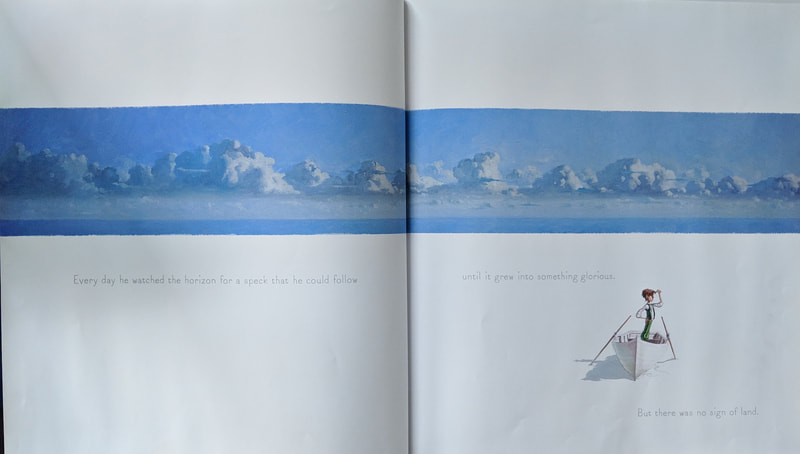
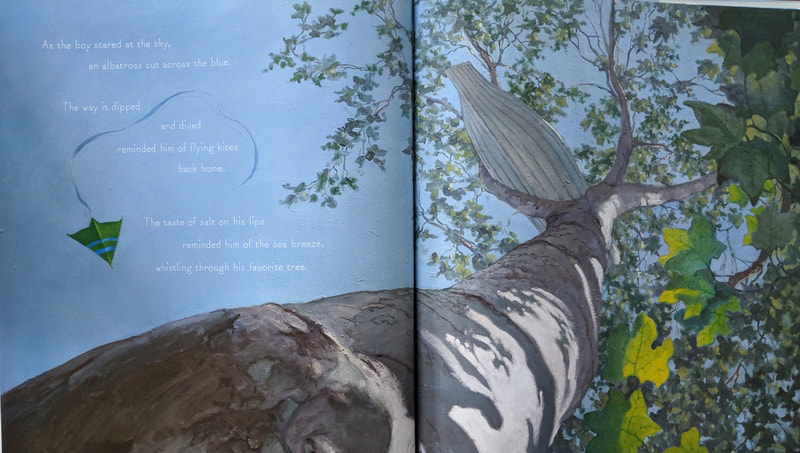
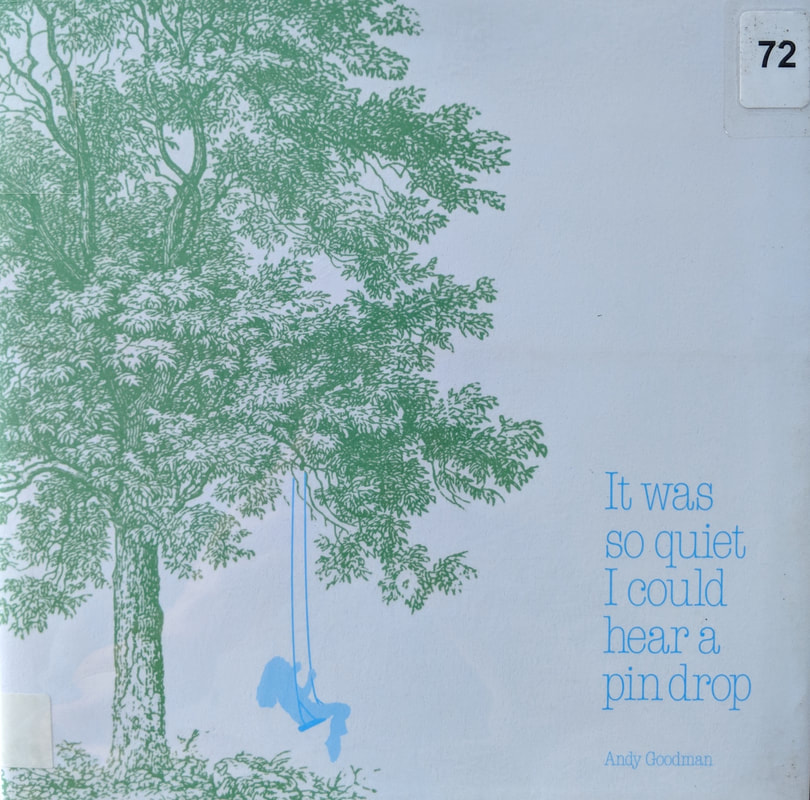
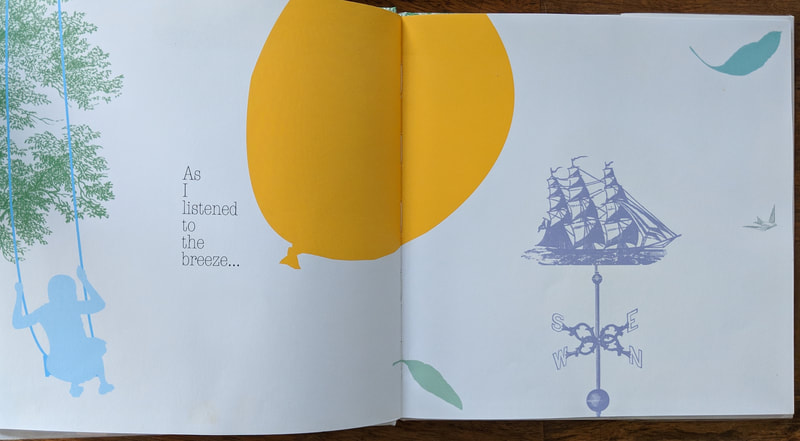
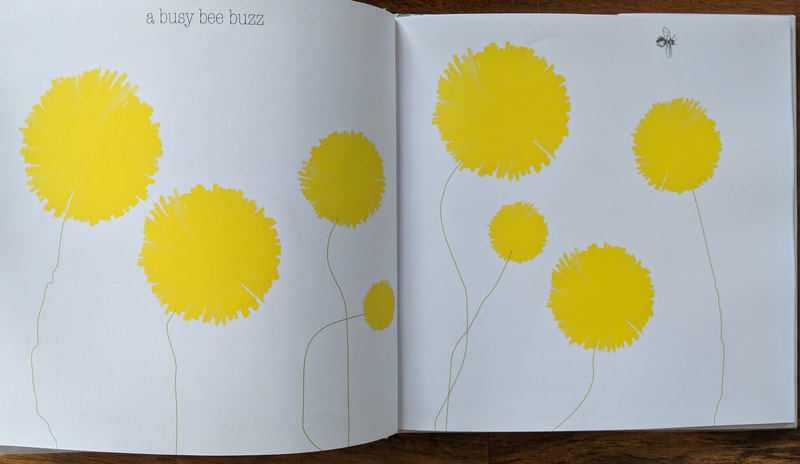
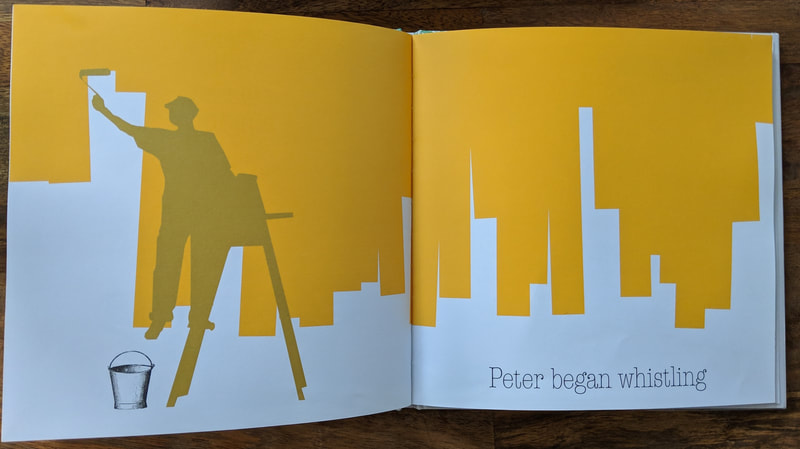
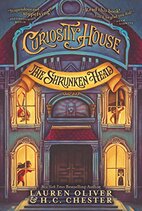
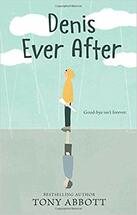

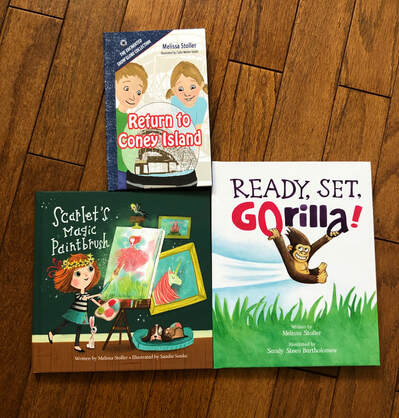
 RSS Feed
RSS Feed
